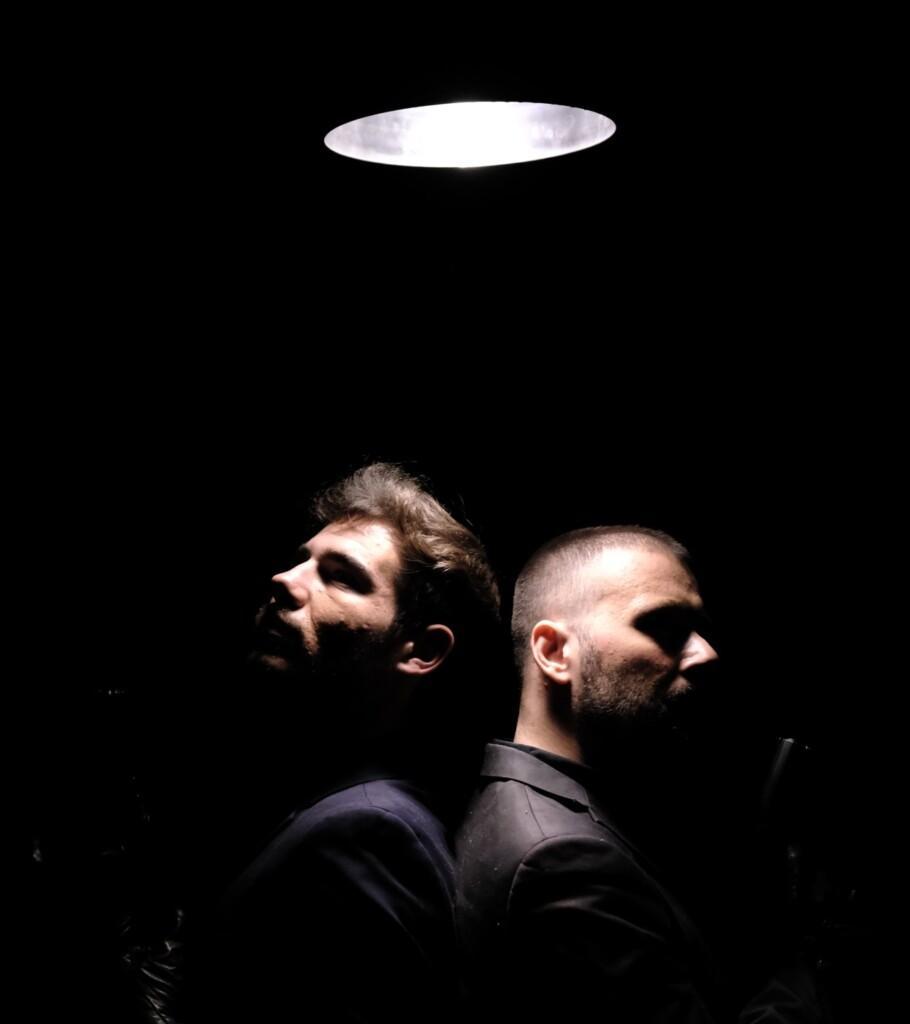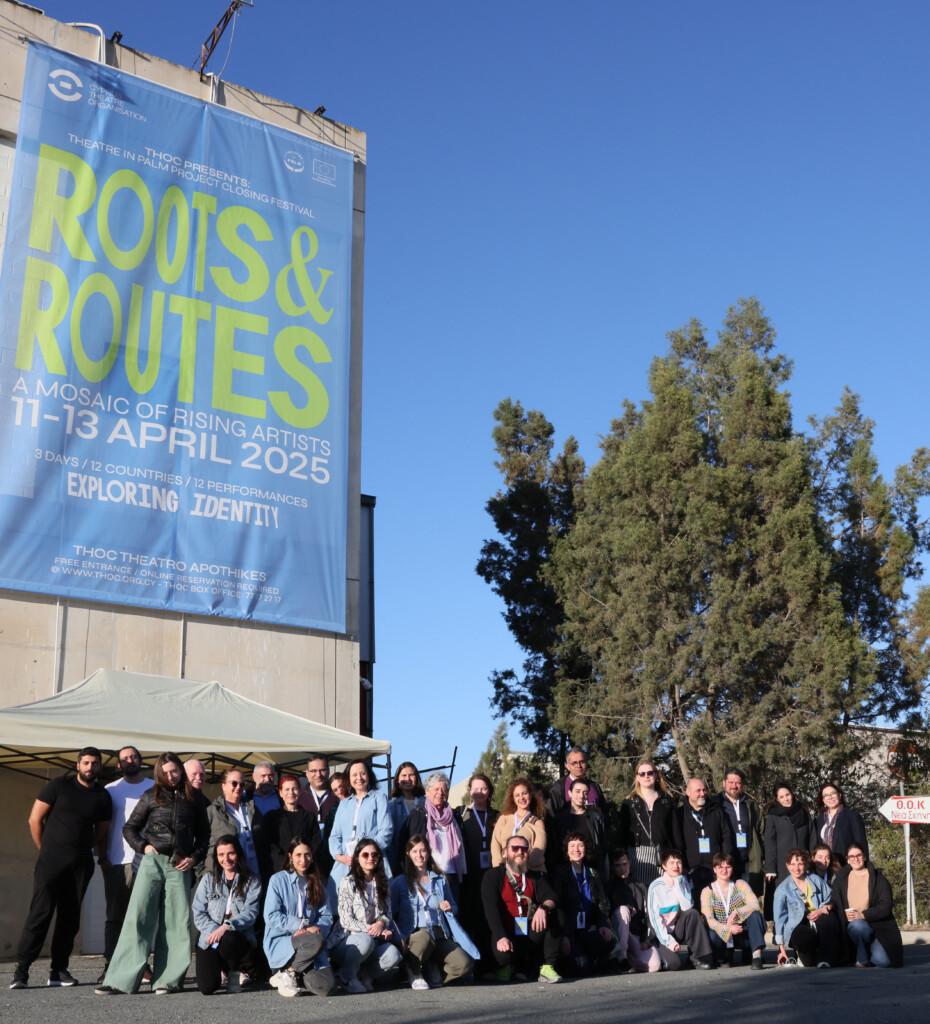Can object theatre be used to talk about genocide?
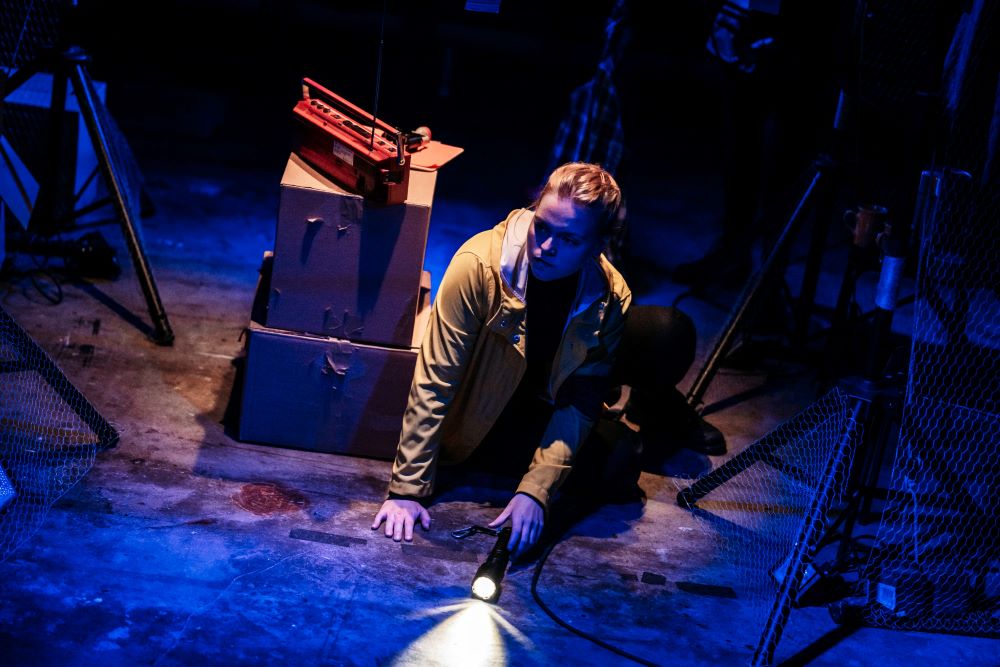
The performance PORTTI (THE GATE) was selected for the NOUSUT theatre festival in Turku, Finland, via an open call. Director Tuomas Vainionpää together with Turku-based Kosmos Collective do fresh visual theatre that delves into topical and timeless topics through mythologies, science fiction, puppetry, audiovisual and interdisciplinary art.
Addressing genocide through performance
Theatre must talk about all the subjects and phenomena of the world – this has been the case since its origins. The model of tragedy originated around the same time as democracy in ancient Greece. The most difficult emotions gave rise to the most amazing performance texts and performances.
That is why genocides must also be reported. Through theatre, they can be talked about, for example, through object theatre.
A unique narrative structure
PORTTI was characterized by the audience as follows:
“PORTTI is a story about a guard who realizes they have become part of a fascist dictatorship and its machinery of violence. How did this happen? The guard has been a diligent and ordinary worker for as long as they can remember. And somehow, the family’s electricity bill needs to be paid. What happened at the Factory that they didn’t know about?”
“The performance, narrated through object theatre, light, sound, and a single actor, explores the development of an unnamed genocide in ten stages. Propaganda escalates faster than our protagonist can realize. The audience is also divided into two camps, on different sides of the Factory gate. Where would we find ourselves in a similar situation: on different sides of the fence, or perhaps guarding the gate?”
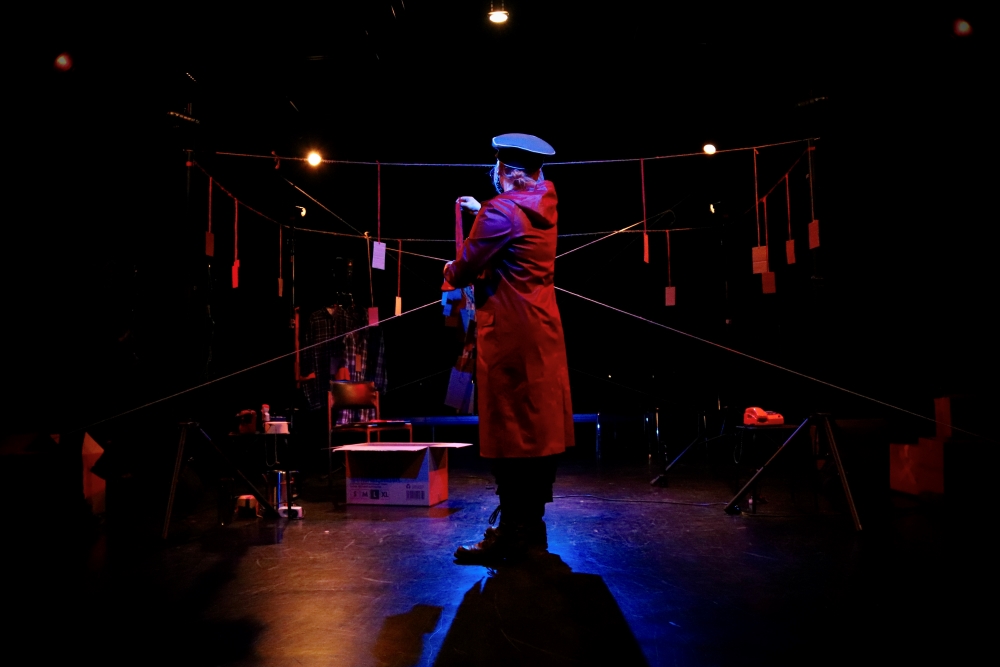
An innovative performance design
The form of this performance was interesting. The stage was between two stands, i.e. the spectators were opposite each other. Thus, the spectators were part of each other’s performance, and the viewers were cast in different roles before the performance began. Different spectators received color-coded lanyards/access cards and thus a confrontation was created. The stage was the gate through which one passed to the factory. The factory, on the other hand, was the setting of the story, where step by step the various stages of genocide were reached using object theatre.
Intimate venue and sound design
The venue for the performance at the Tehdas Teatteri was the intimate space “attic”, which made it possible to bring the subject very close to the spectators. The soundscape chosen was thunder, which added gloom to the presented world. This presentation also benefited from the work done with the mentors. It gained more depth, and the form of the performance continued to brighten. For emerging artists, collaboration was important not only for the reasons above but also for new audiences and discussions that took place.
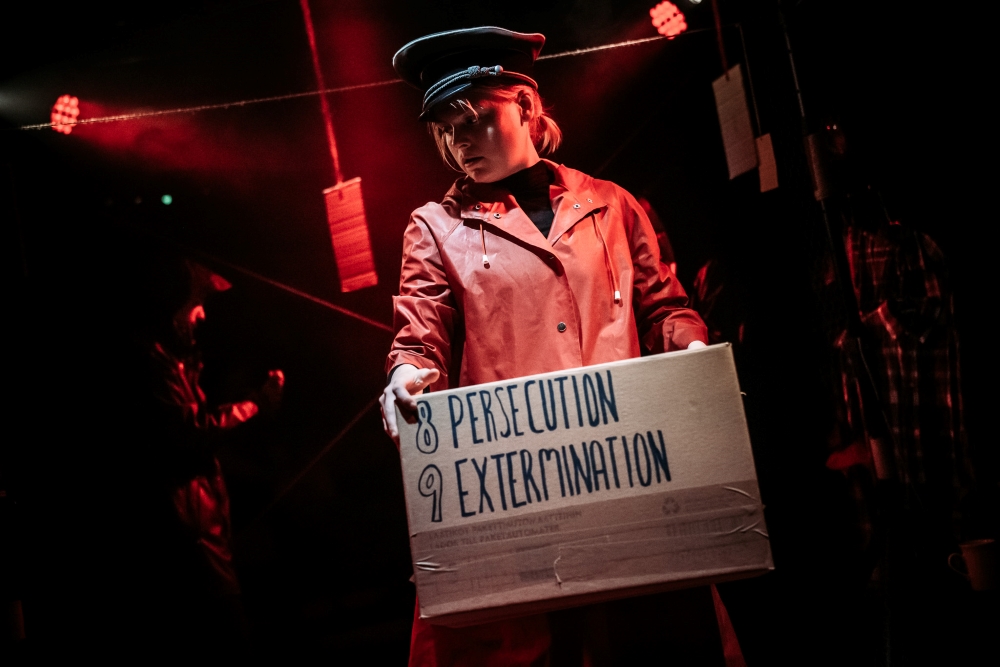
Writer Mervi Rankila-Källström is a Drama Instructor and Senior Lecturer at the Turku UAS Arts Academy. She is also the Research Group Leader for the Art Education and Pedagogy -group and the Content Director for the Theatre in Palm project.
